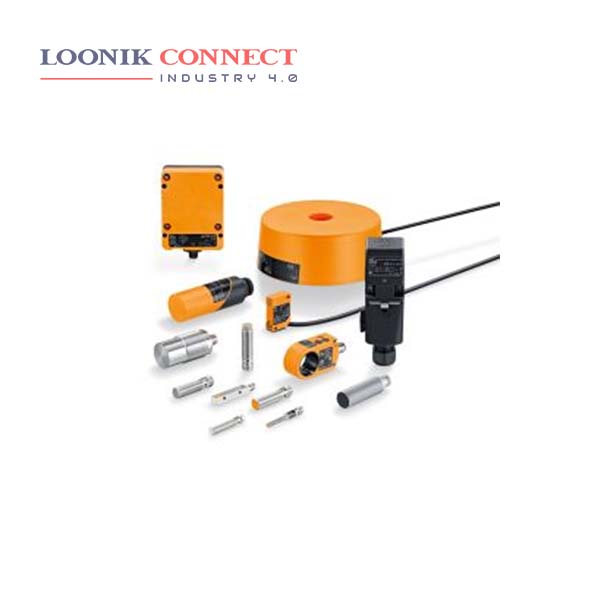Wide operating temperature range High protection rating for the requirements of harsh industrial environments Reliable detection due to low sensor tolerances Reduced storage due to wide range of applications Inductive sensors are noncontact. The sensors detect metal objects located in their measurement field. They use the interaction of the metal object as an electrical conductor with the emitted magnetic alternating field of the sensor to do so.
An inductive sensor is a device that uses the principle of electromagnetic induction to detect or measure objects. An inductor develops a magnetic field when a current flows through it; alternatively, a current will flow through a circuit containing an inductor when the magnetic field through it changes. Inductive proximity sensors can only detect metal targets. They do not detect non-metal targets such as plastic, wood, paper, and ceramic. Unlike photoelectric sensors, this allows a inductive proximity sensor to detect a metal object through opaque plastic.
Inductive sensors detect the presence of a metallic object. They range in variety, with some able to resist high temperatures and others high pressure, or washdown conditions. Basic inductive sensors are the most common thanks to their accuracy, reliability, and cost-effectiveness. These limitations (disadvantages) of inductive proximity sensors are – detecting only metallic objects, the length of the detection range, severe effects on performance by external objects such as other sensors, extreme temperatures, chemicals and physically unstable harsh environments.










